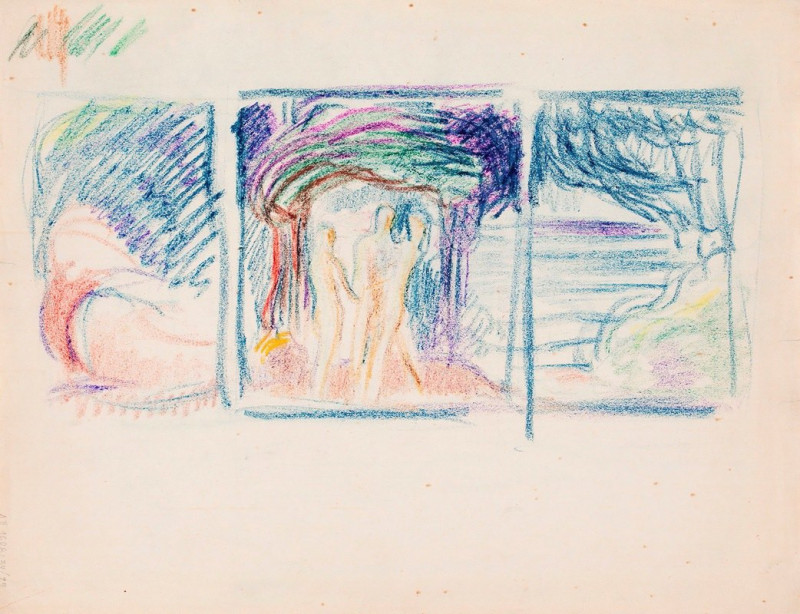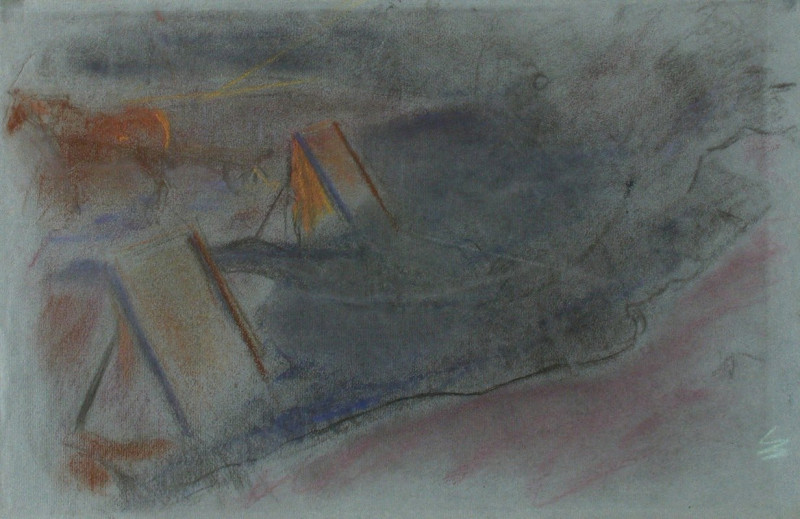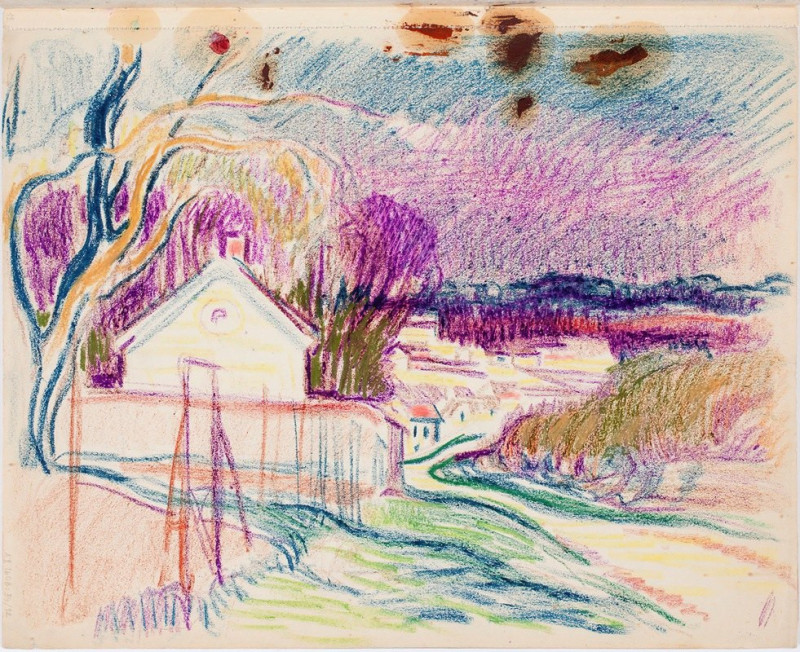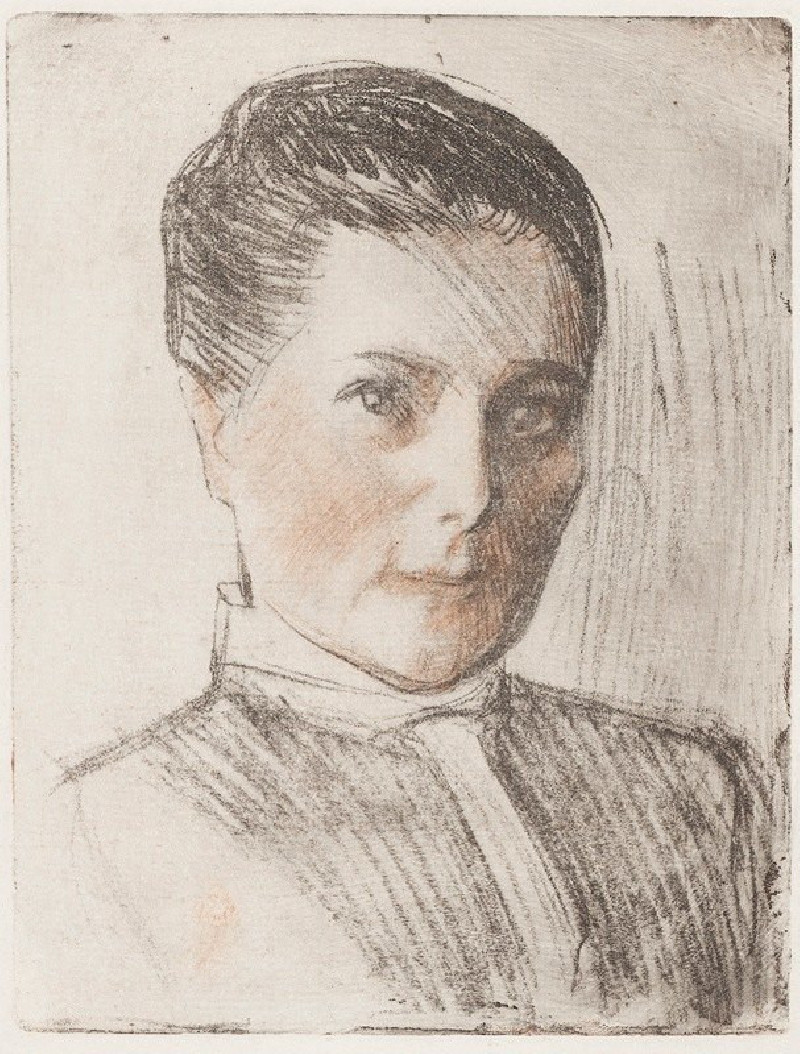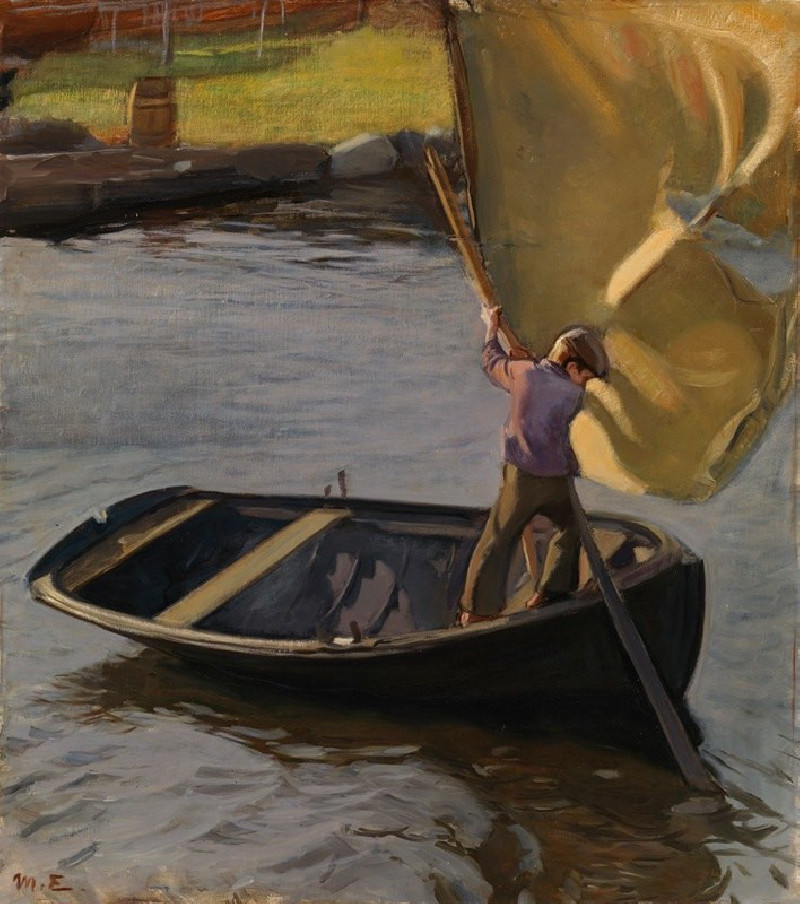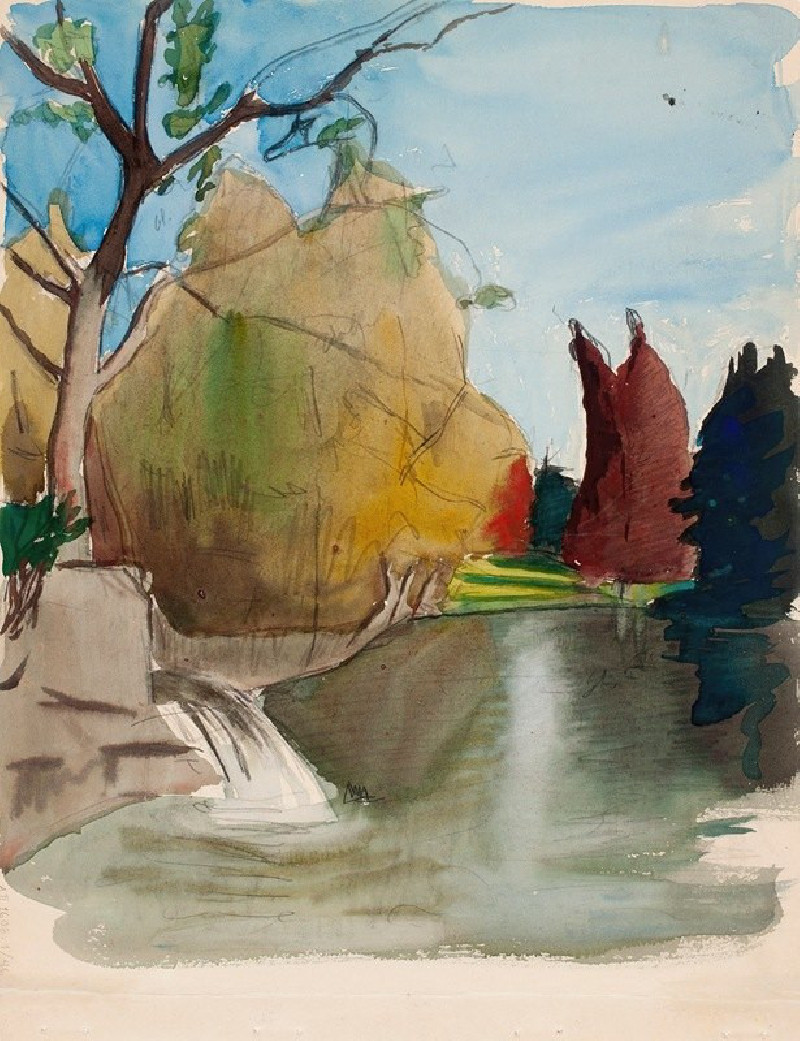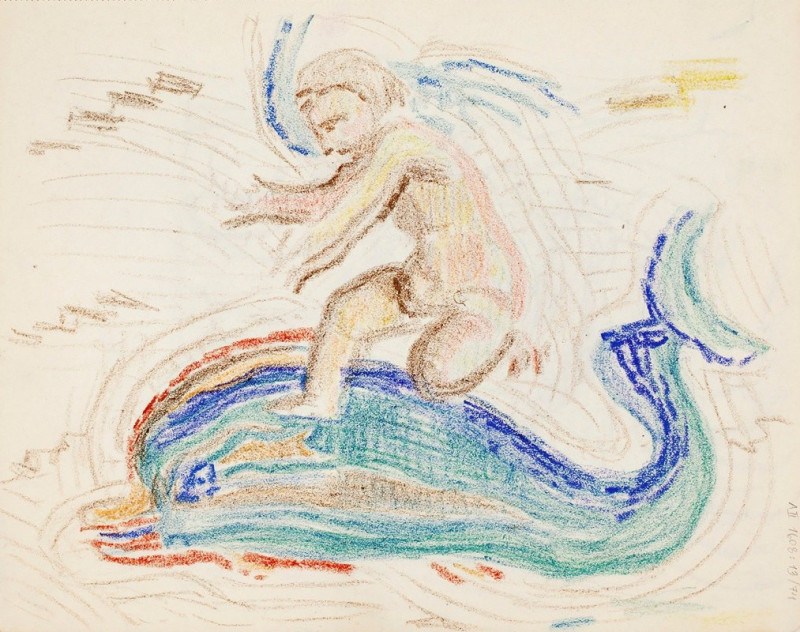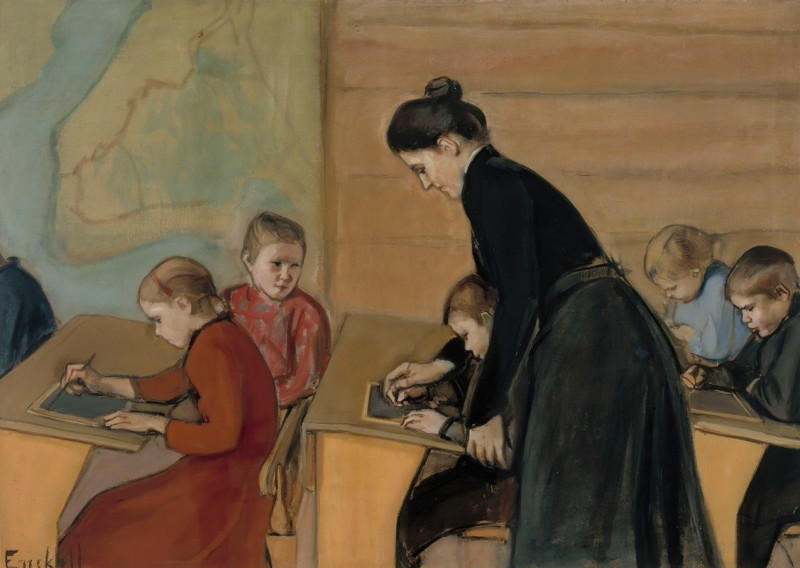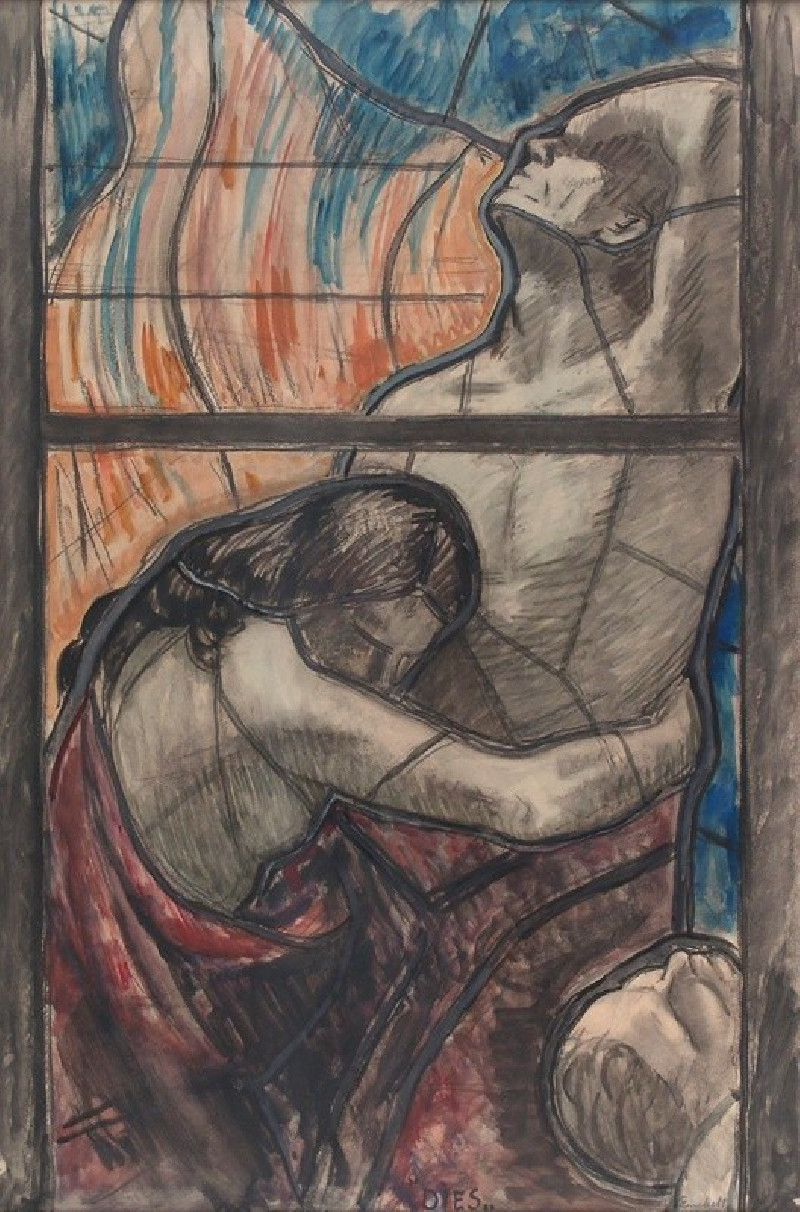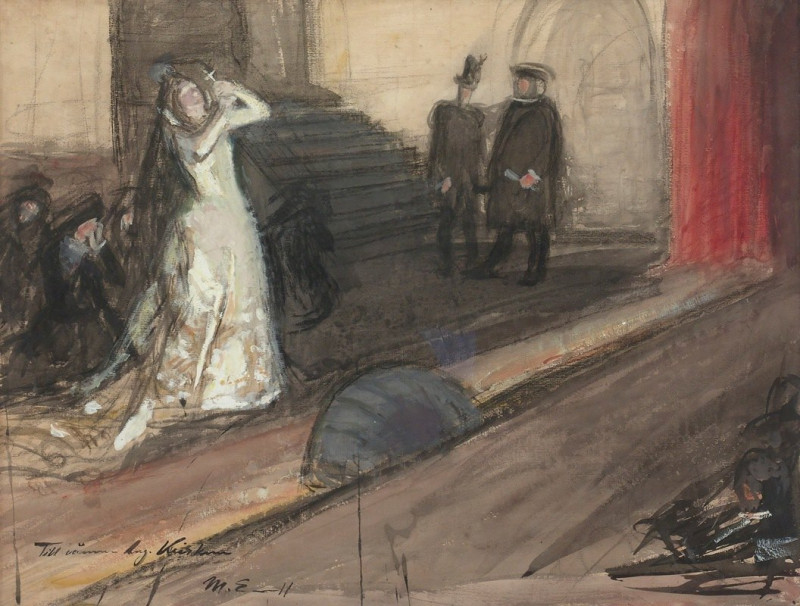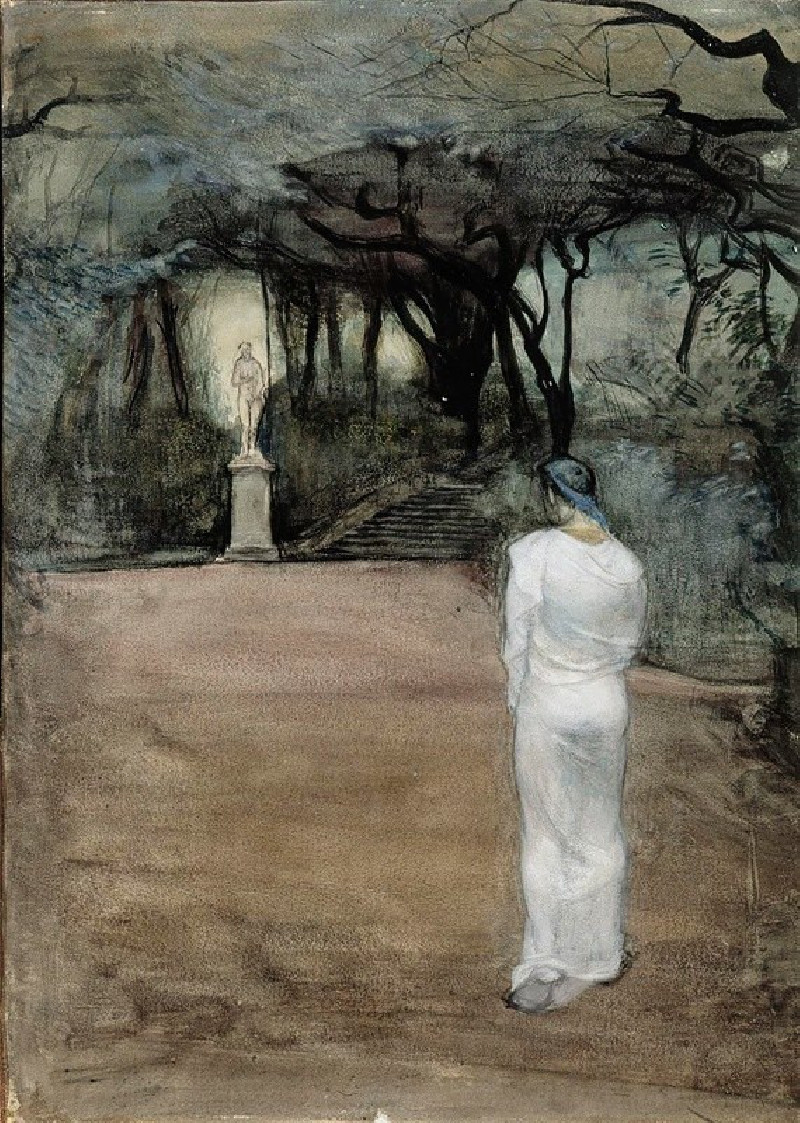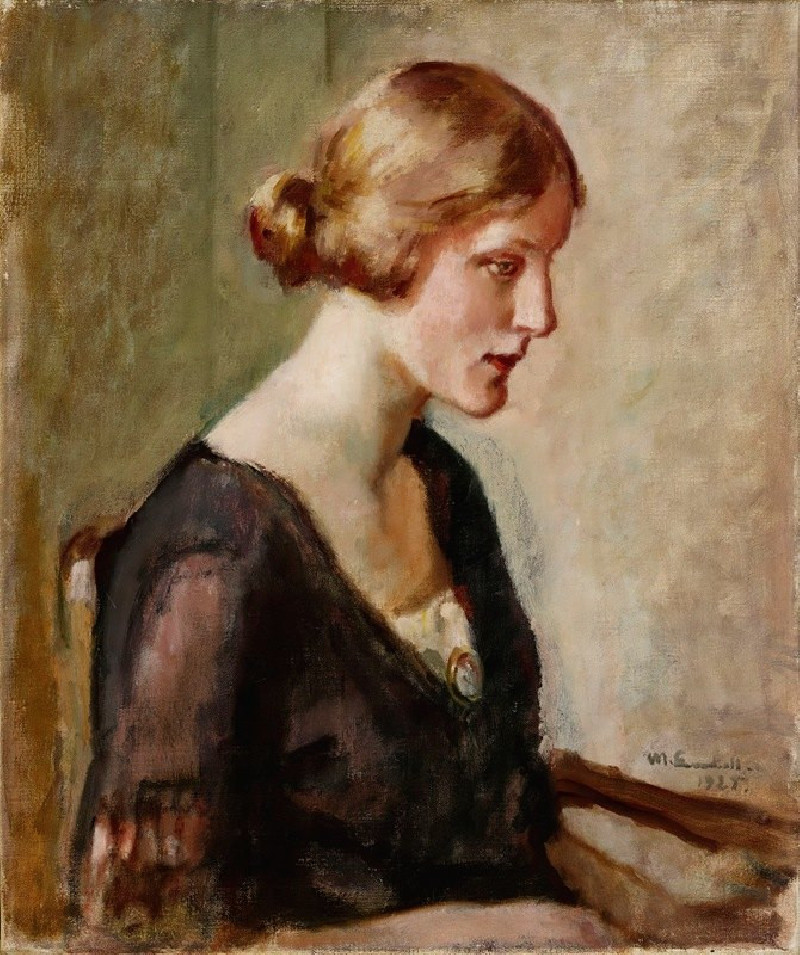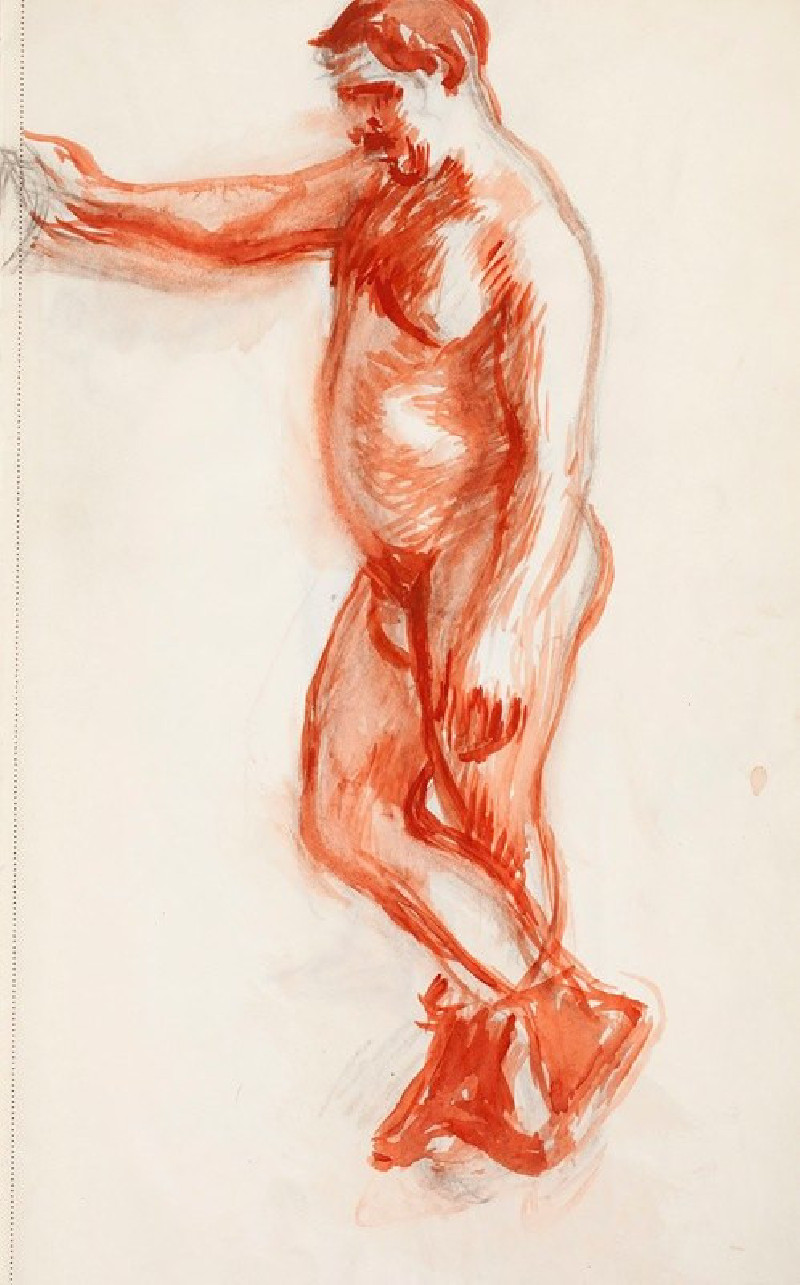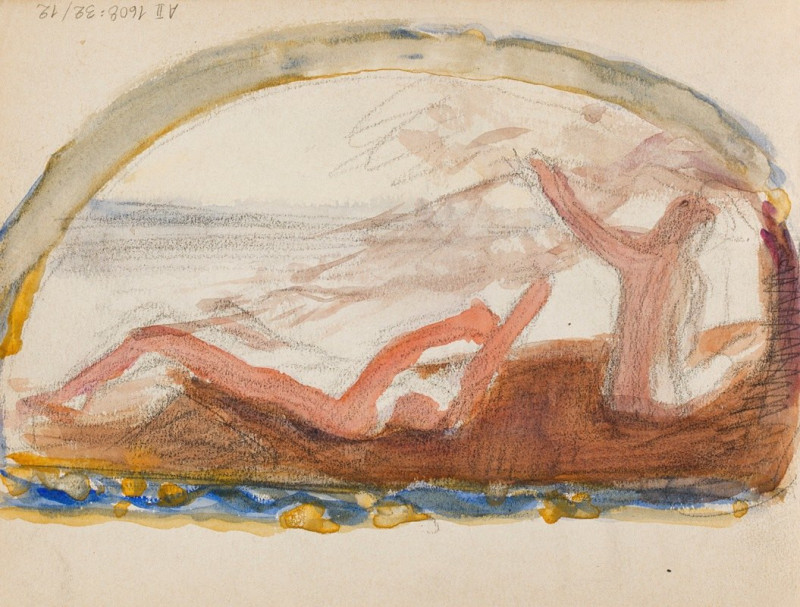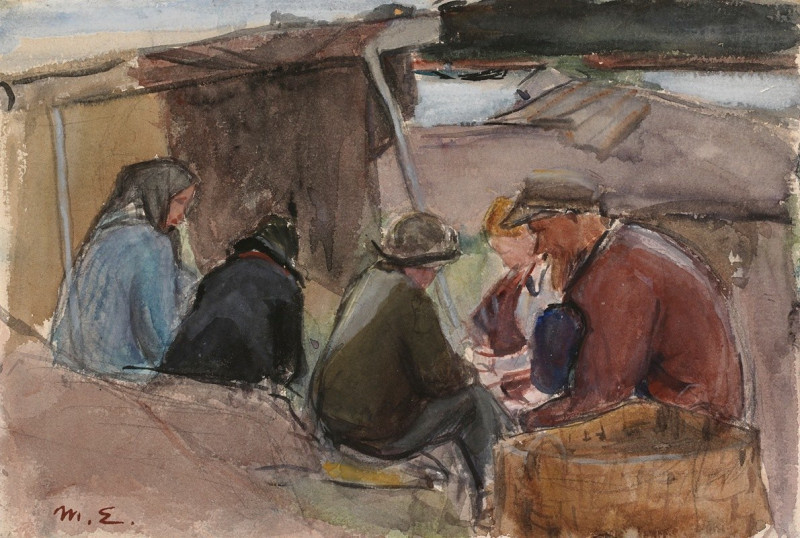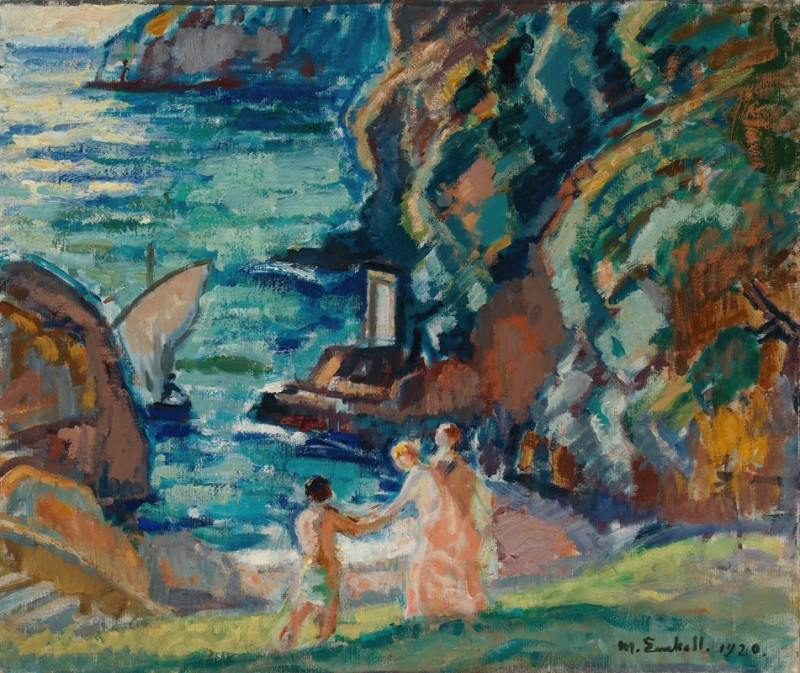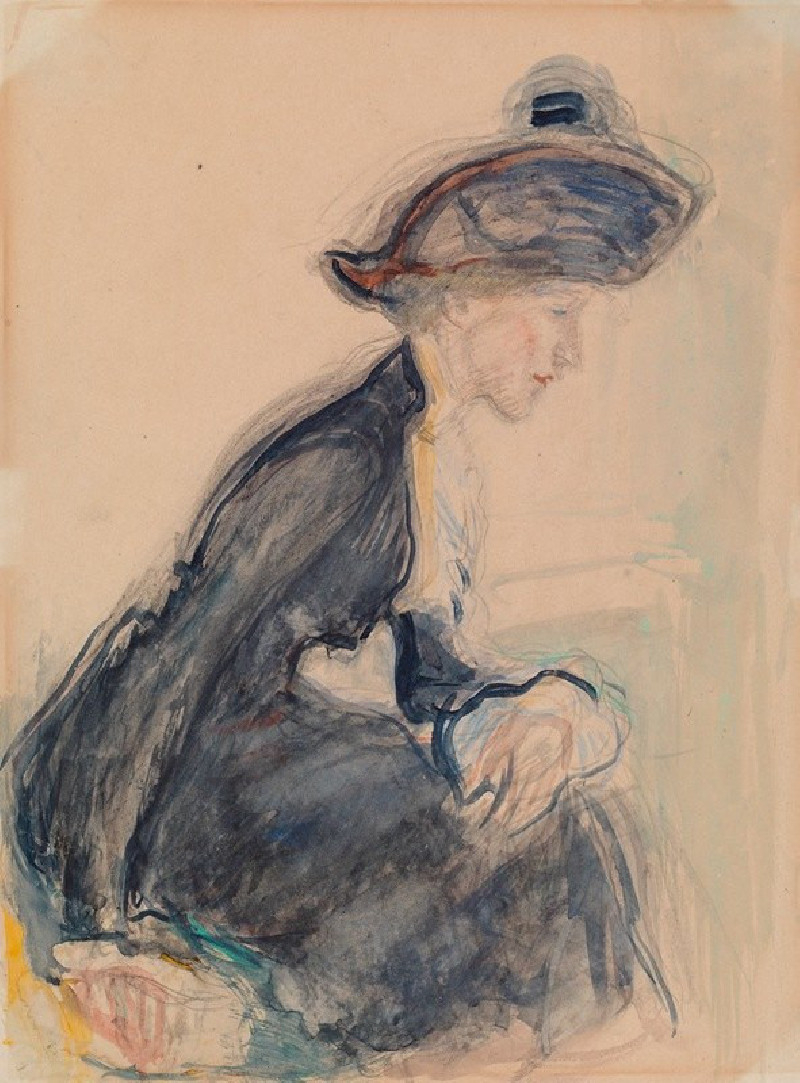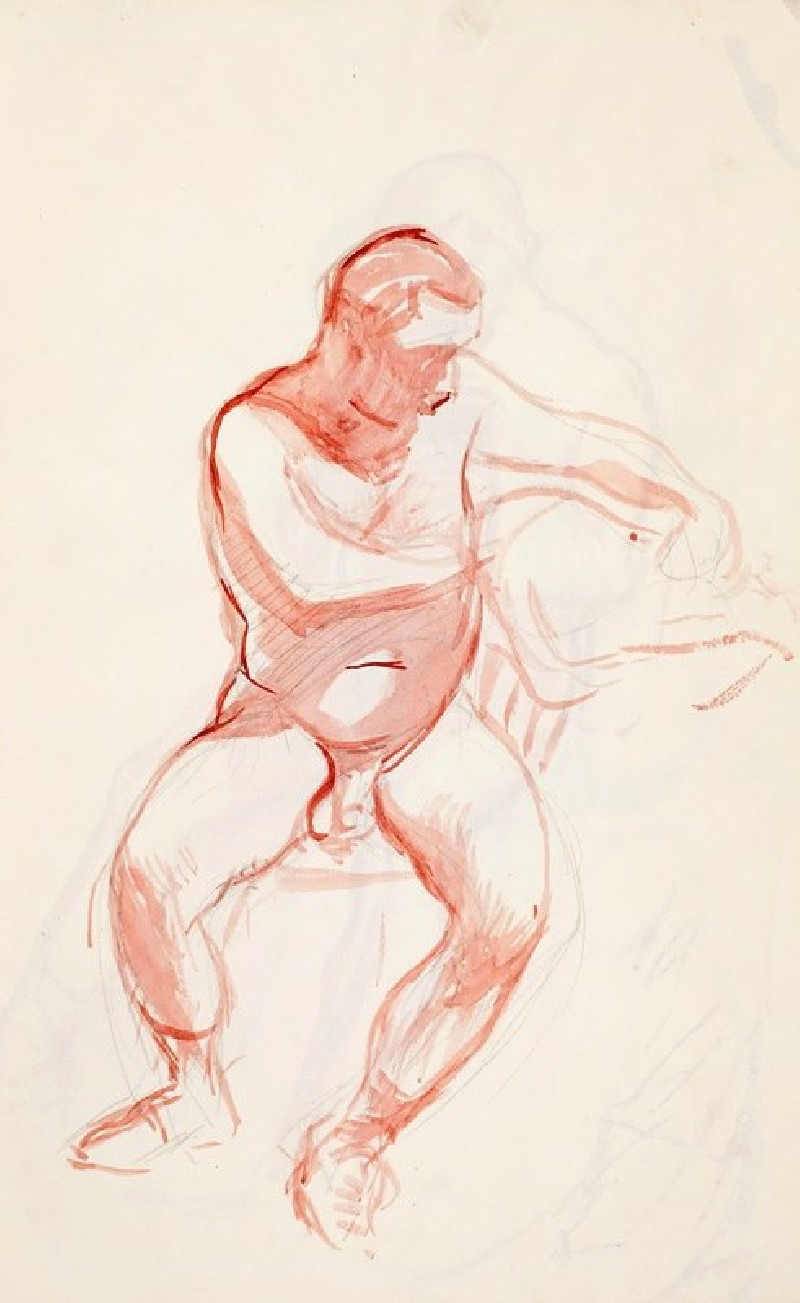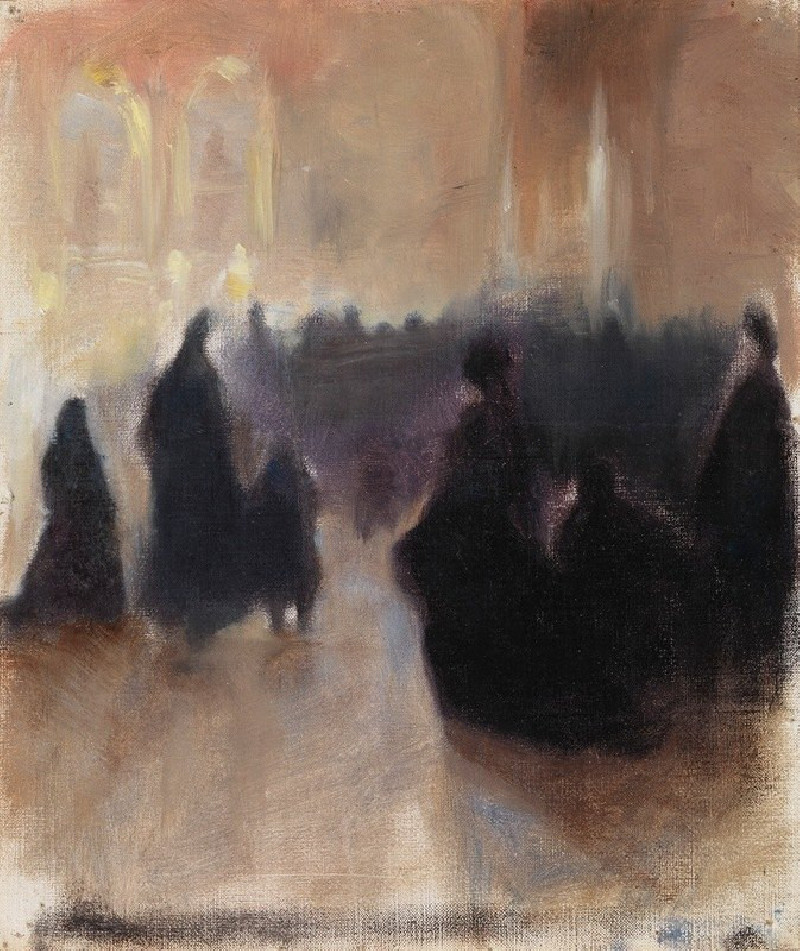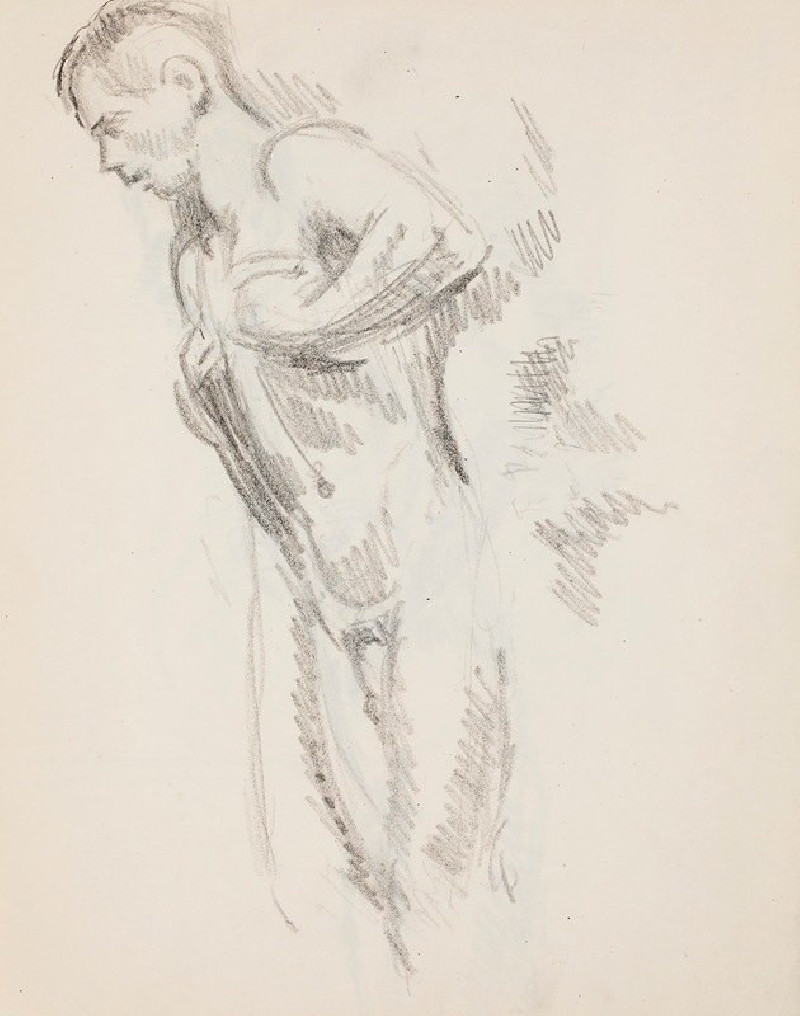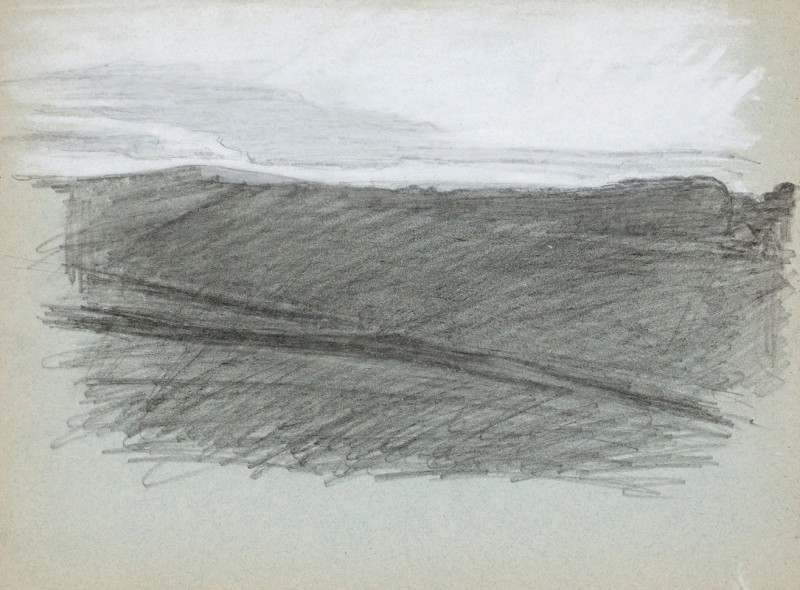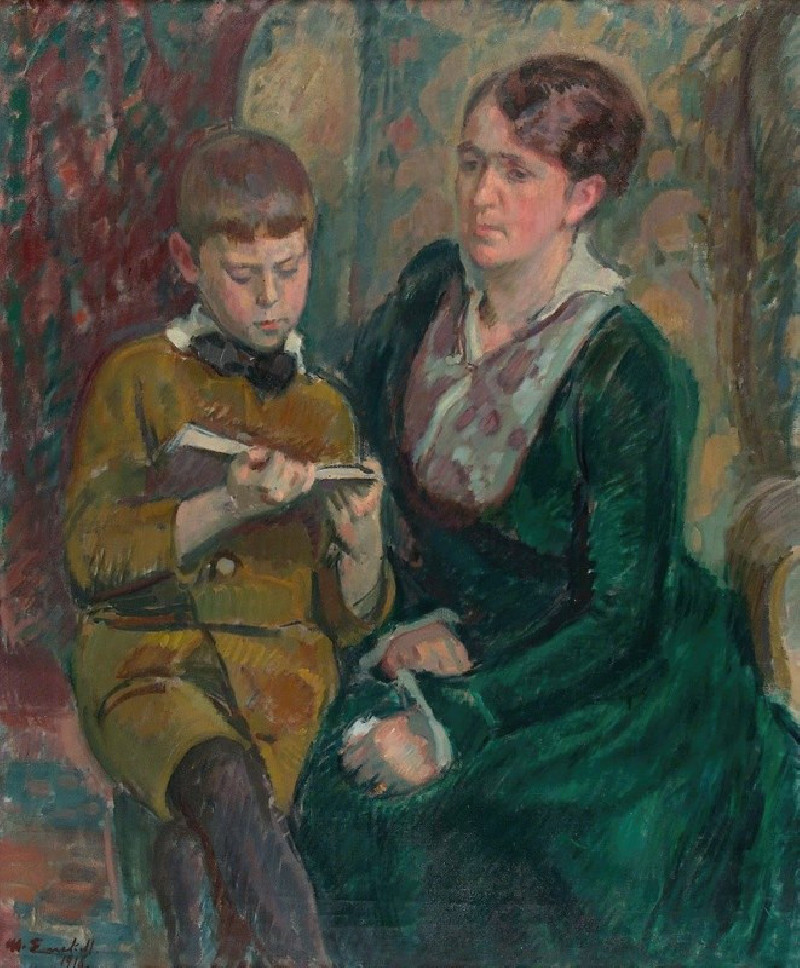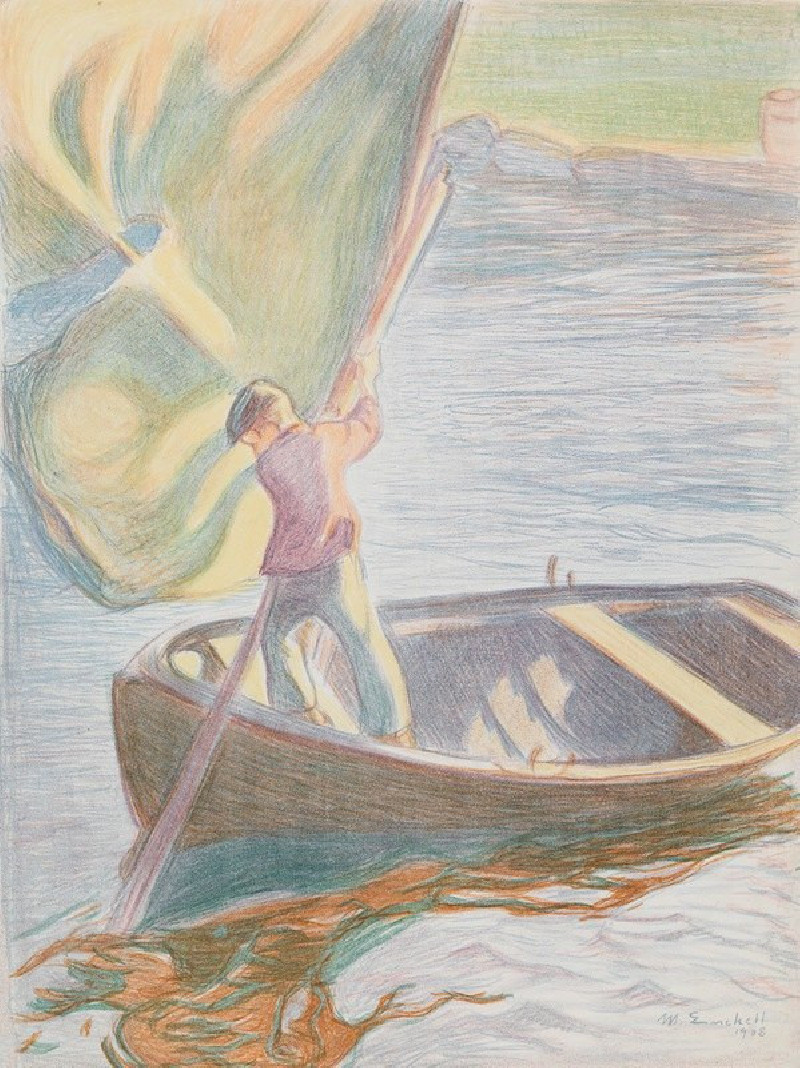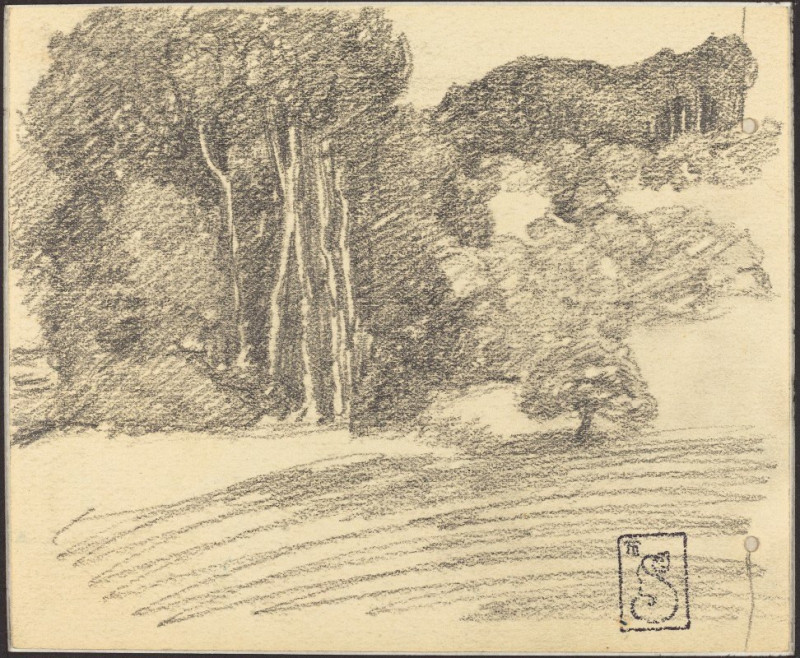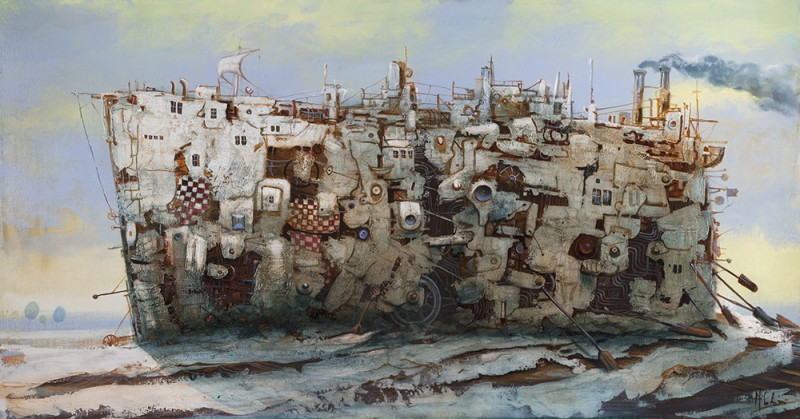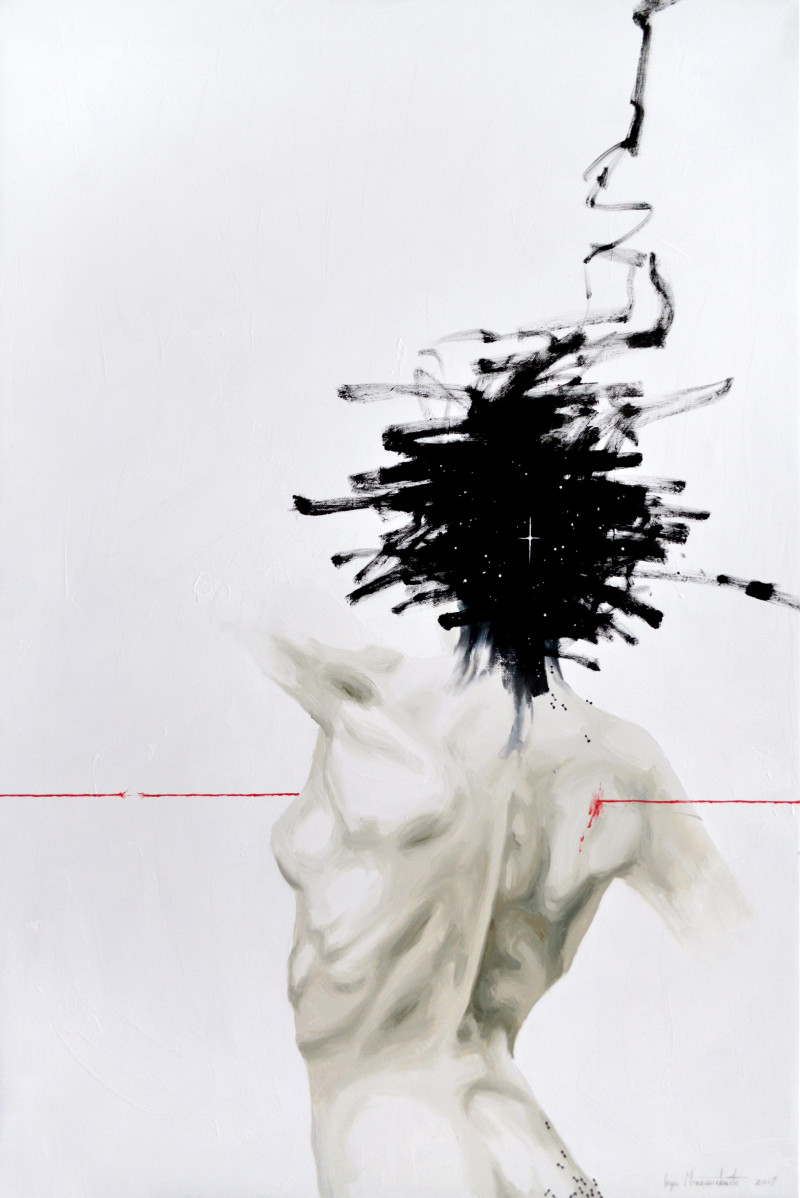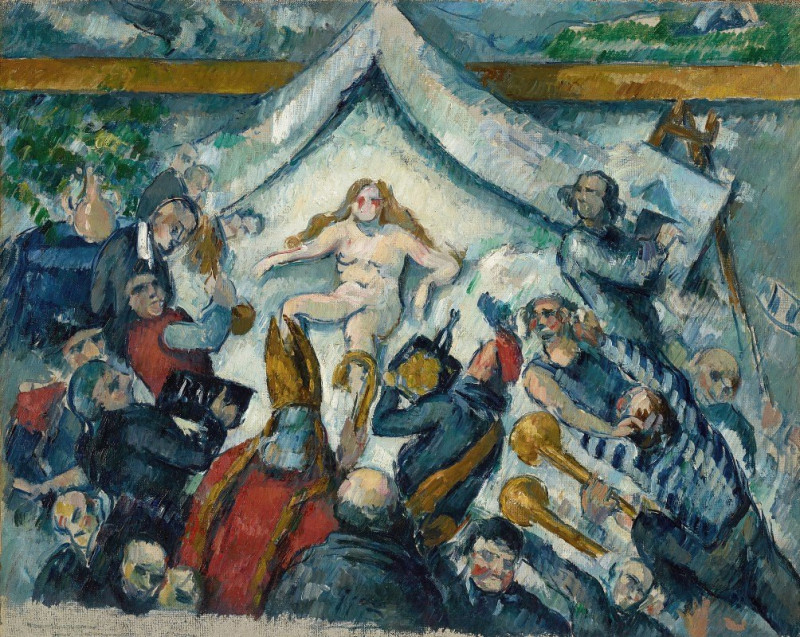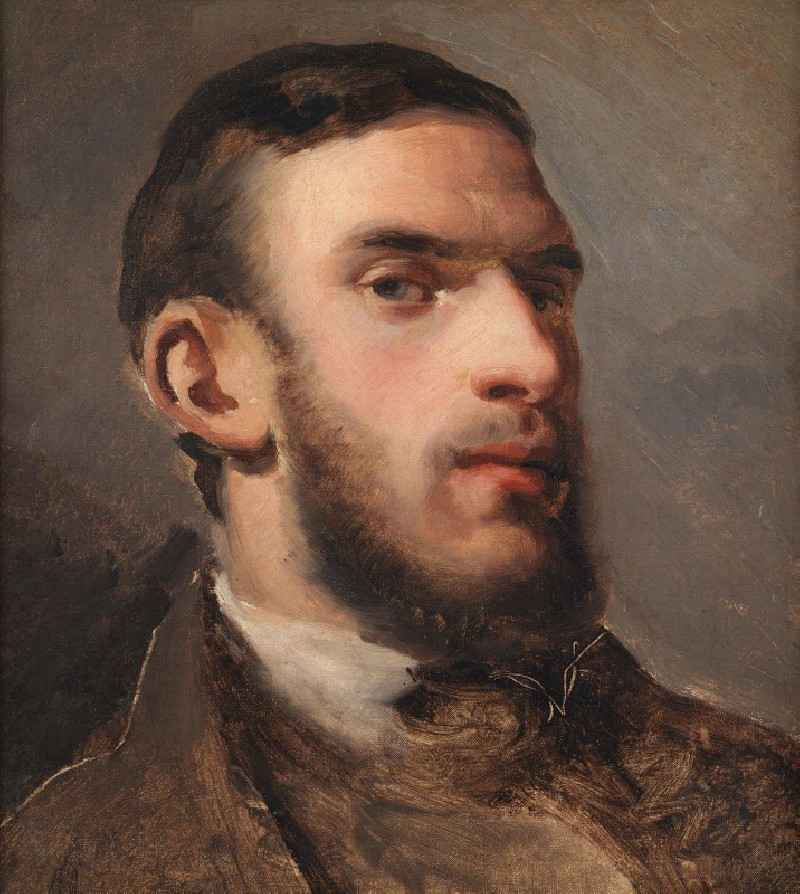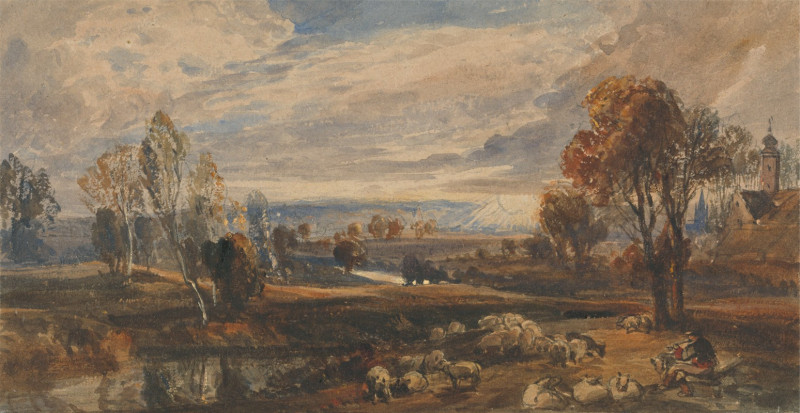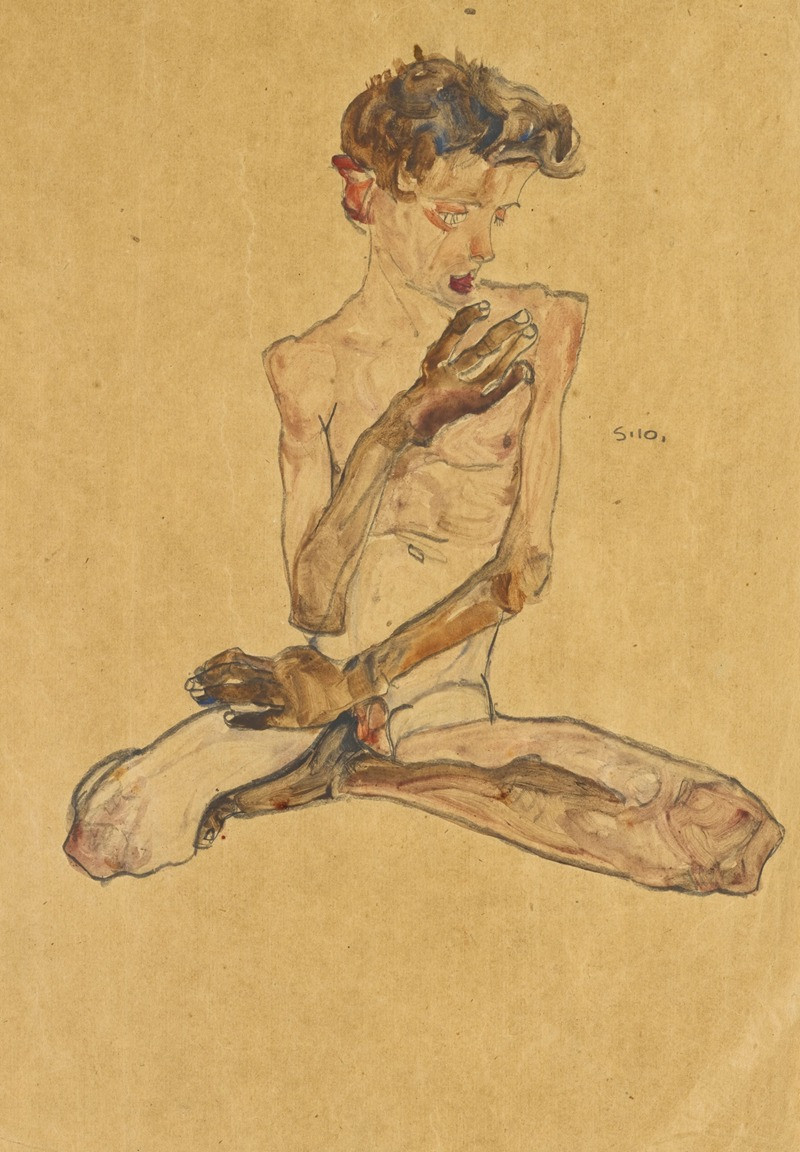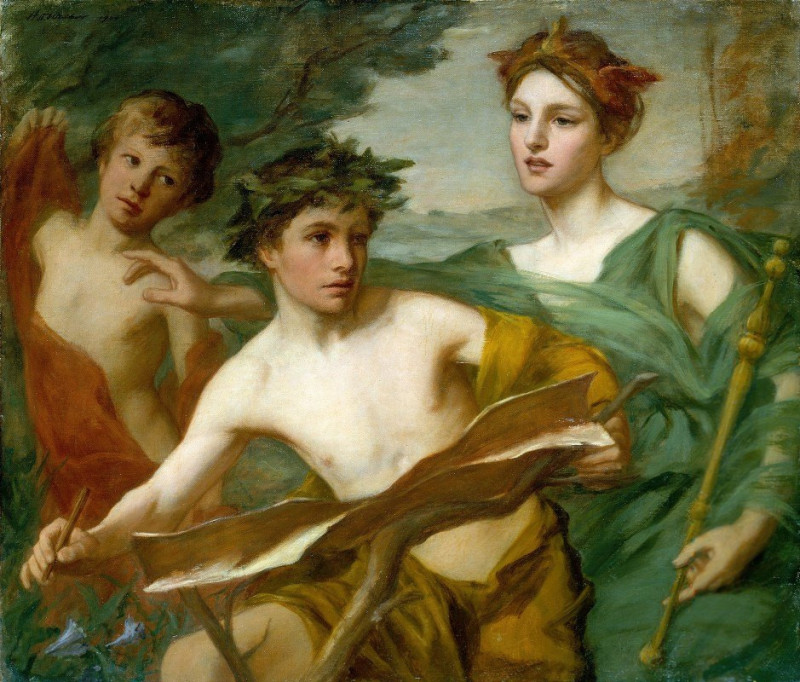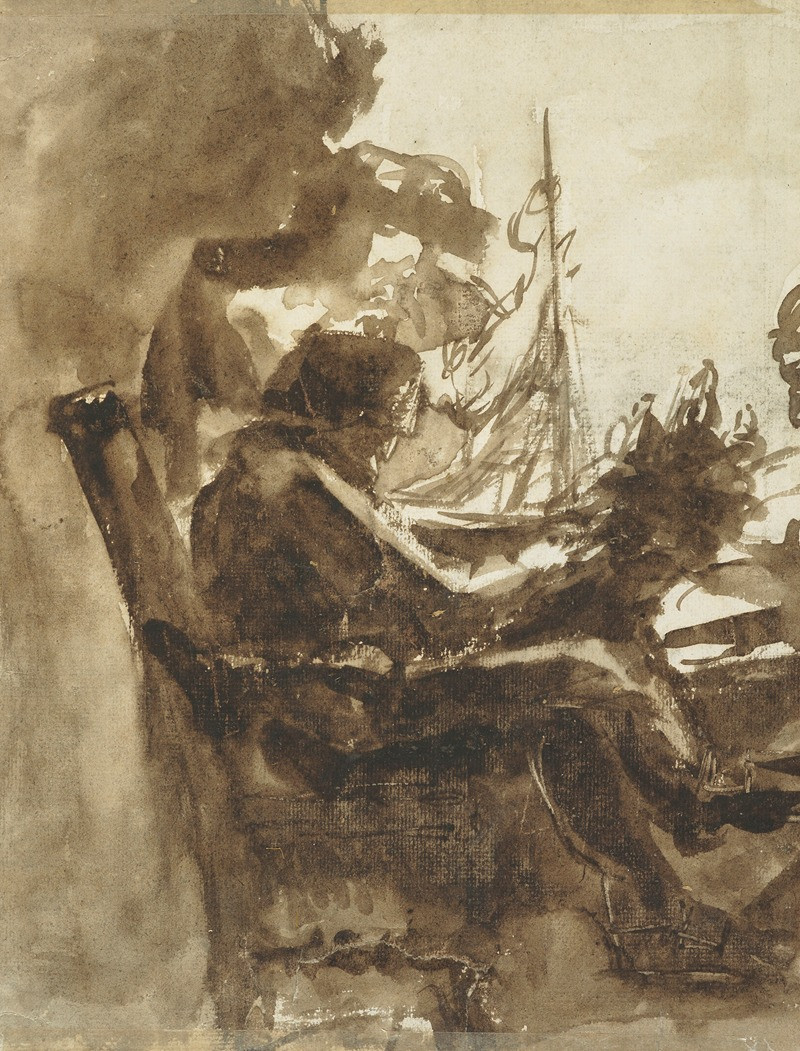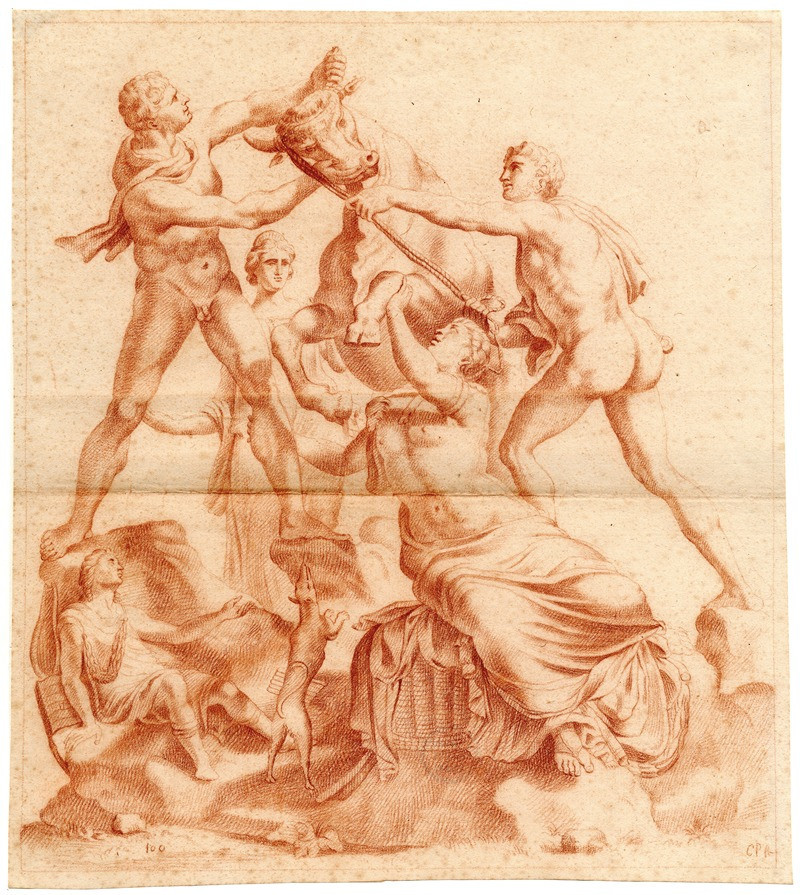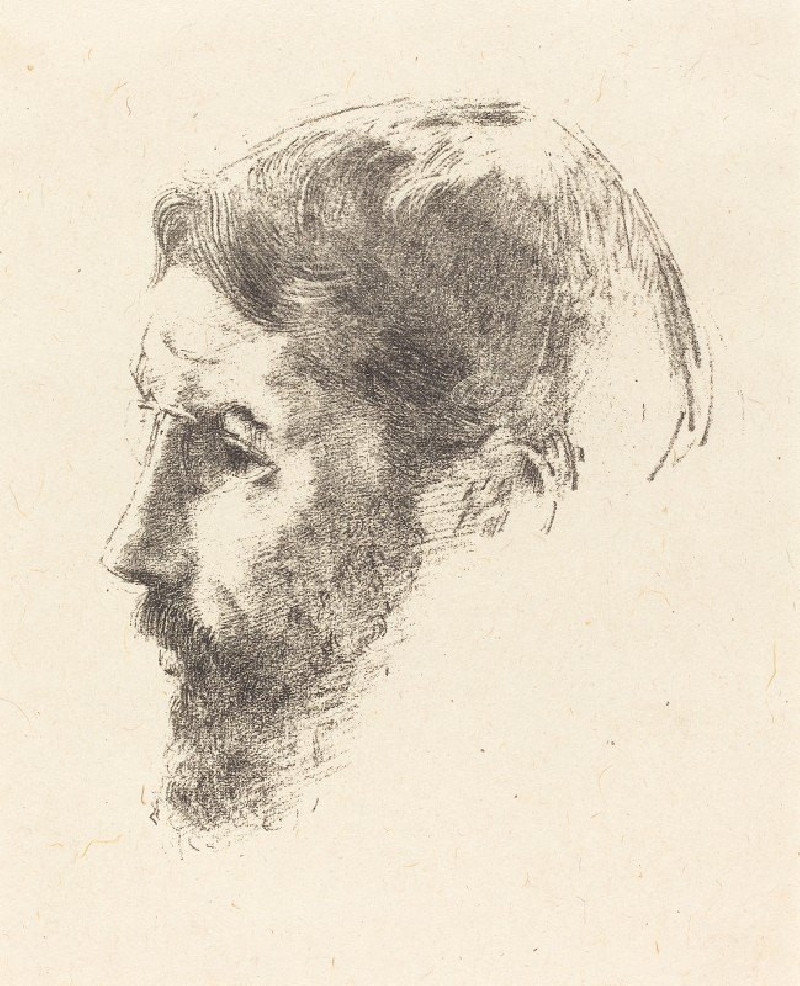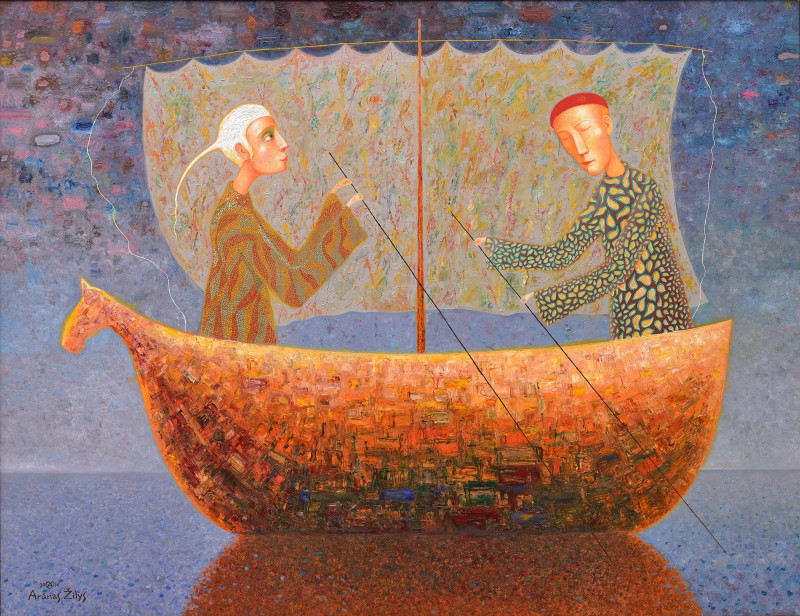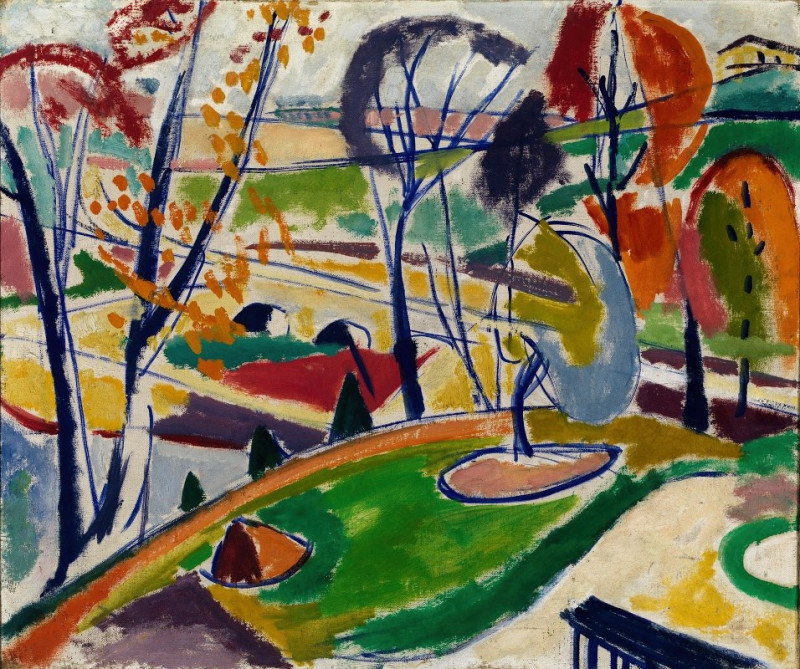Luonnos Nylands Nationin Veljesvala -maalausta varten (1910 - 1911)
Technique: Giclée quality print
Recommended by our customers
More about this artwork
Magnus Enckell’s vibrant sketch, titled "Luonnos Nylands Nationin Veljesvala -maalausta varten," offers a glimpse into the preparatory phase of a greater work, showcasing the Finnish artist’s distinctive approach to symbolic and expressive art. This composition, rendered in vivid pastel on paper, divides into three distinct panels, each seeming to explore diverse yet interconnected themes.The leftmost panel captures an ethereal, almost dream-like quality with its abstract forms and bright, swirling colors, suggesting movement and perhaps the emotional tumult within the human psyche. The central panel is more structured yet profoundly intimate, featuring the back view of a solitary figure. This human element, shrouded in ribbons of color that could symbolize thoughts, emotions, or even spiritual awakening, offers a poignant contrast to the elemental chaos around it. The right panel presents a serene, almost idyllic landscape. Here, the calmness of a tree-lined horizon beside a body of water evokes a sense of peace and continuity, perhaps symbolizing the enduring beauty of the natural world.Together, these panels do not merely represent Enckell’s technical skills but also his ability to weave complex emotional and environmental narratives into a single frame. This sketch invites viewers to consider the relationship between human inner life and the external natural world—a continuing dialogue that resonates with much of Enckell's celebrated body of work.
Delivery
Returns
Magnus Enckell (1870-1925) was a Finnish painter and graphic artist who was born in Helsinki. He studied at the Ateneum School of Art and later at the Académie Julian in Paris. Enckell was greatly influenced by the Symbolist and Art Nouveau movements, and his work often featured moody and dreamlike landscapes and portraits. He was one of the leading figures of Finnish art in the early 20th century, and his work helped to shape the development of modernist art in Finland. He passed away in 1925 at the age of 55, leaving behind a legacy that continues to inspire artists to this day.

